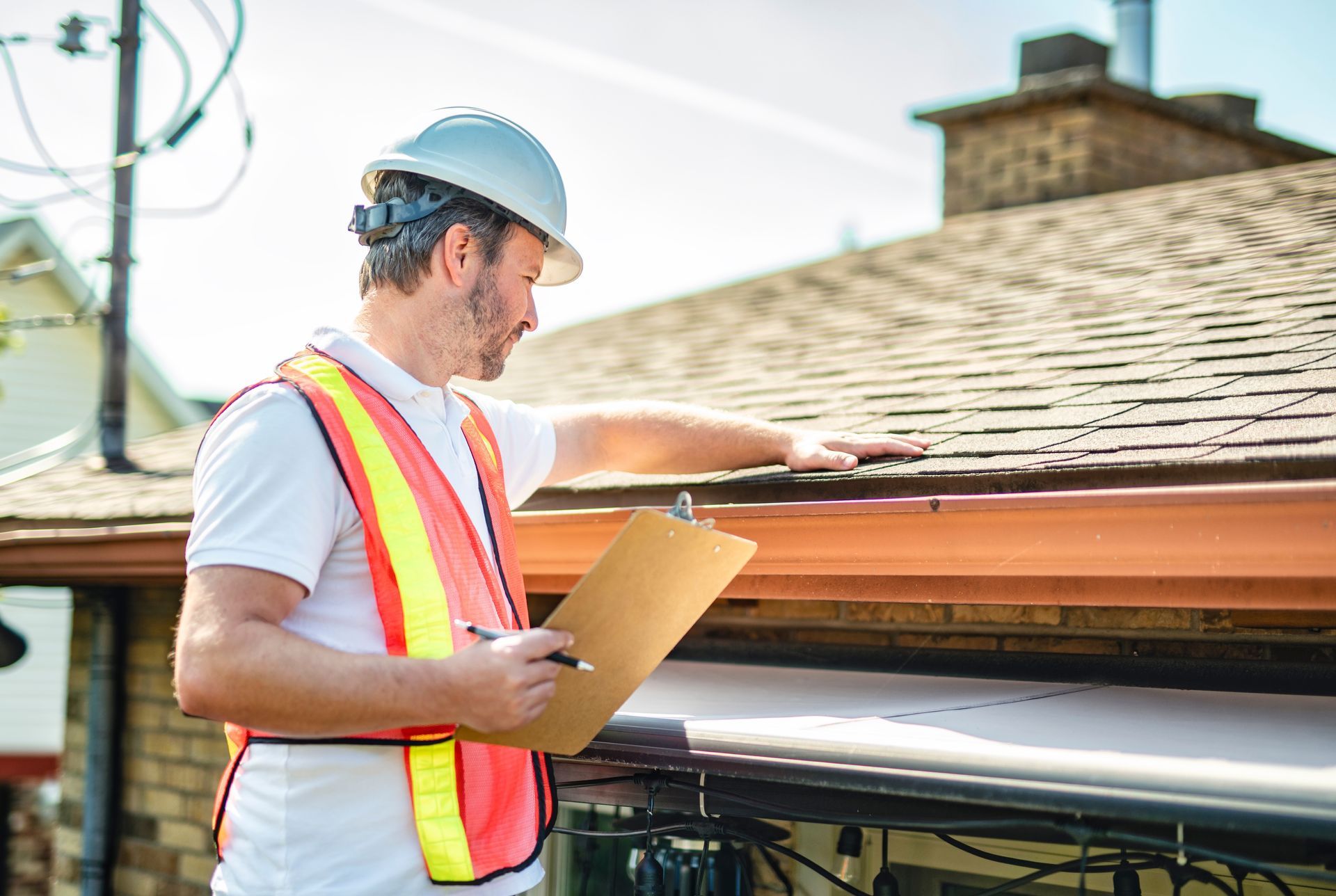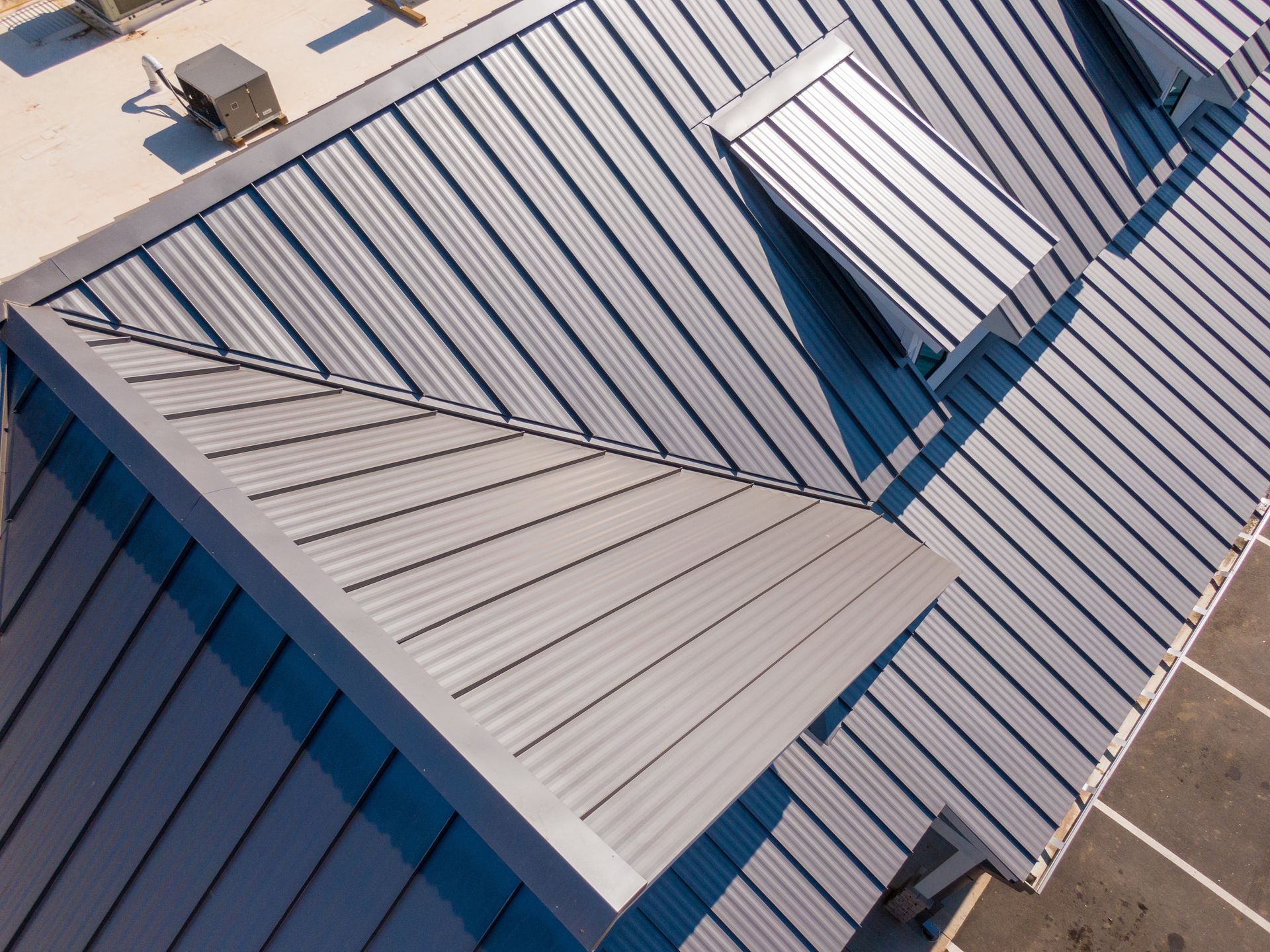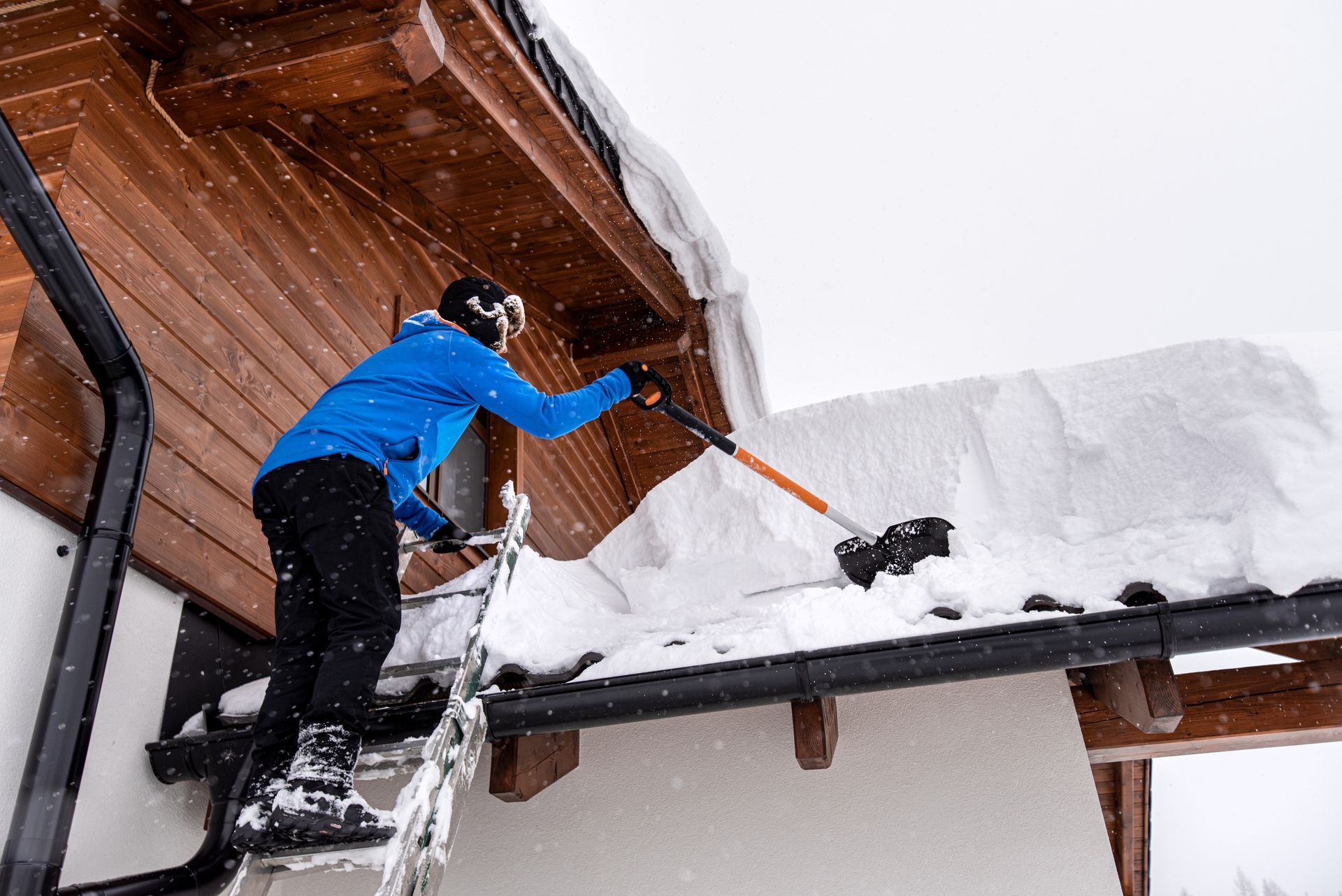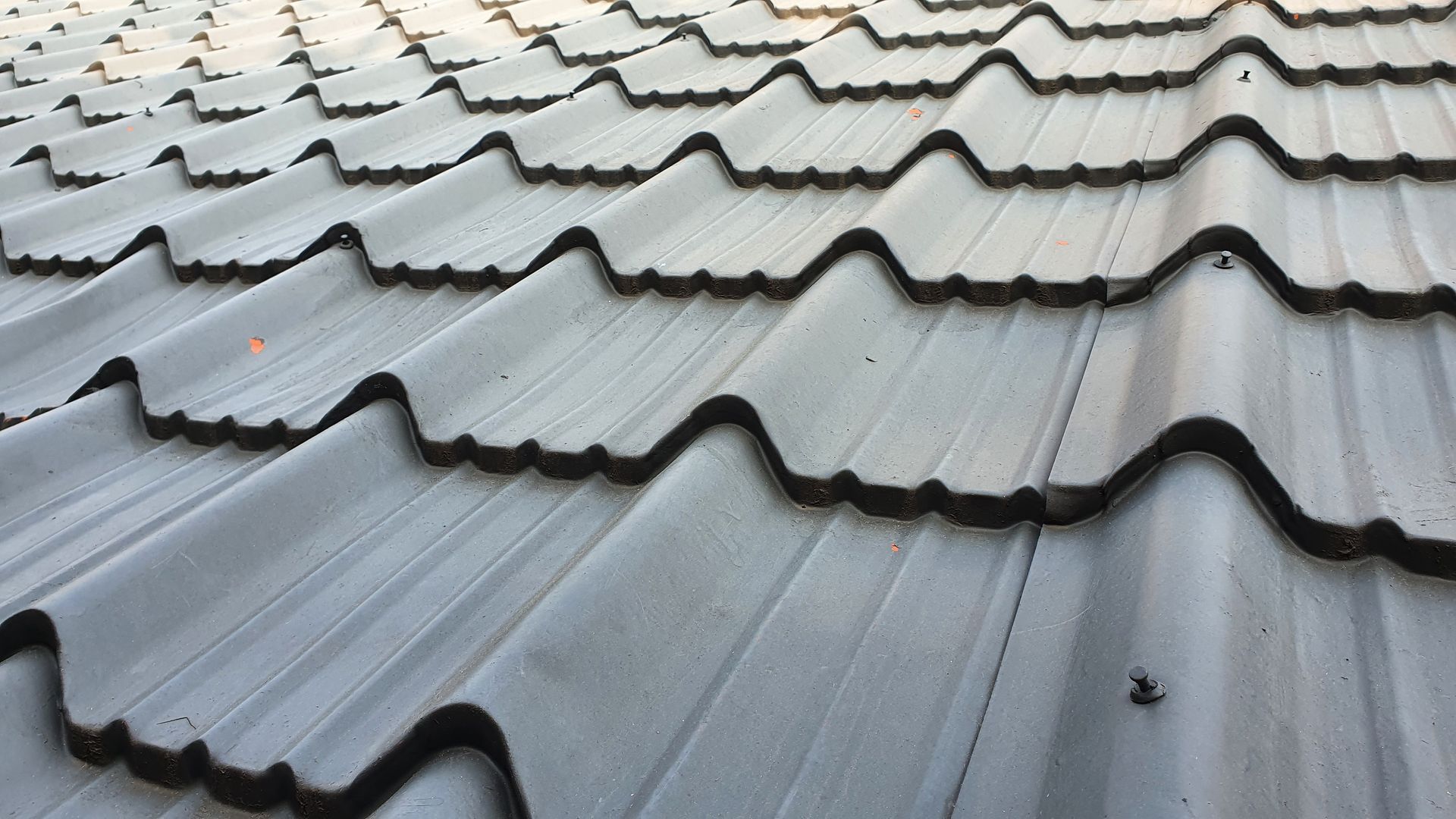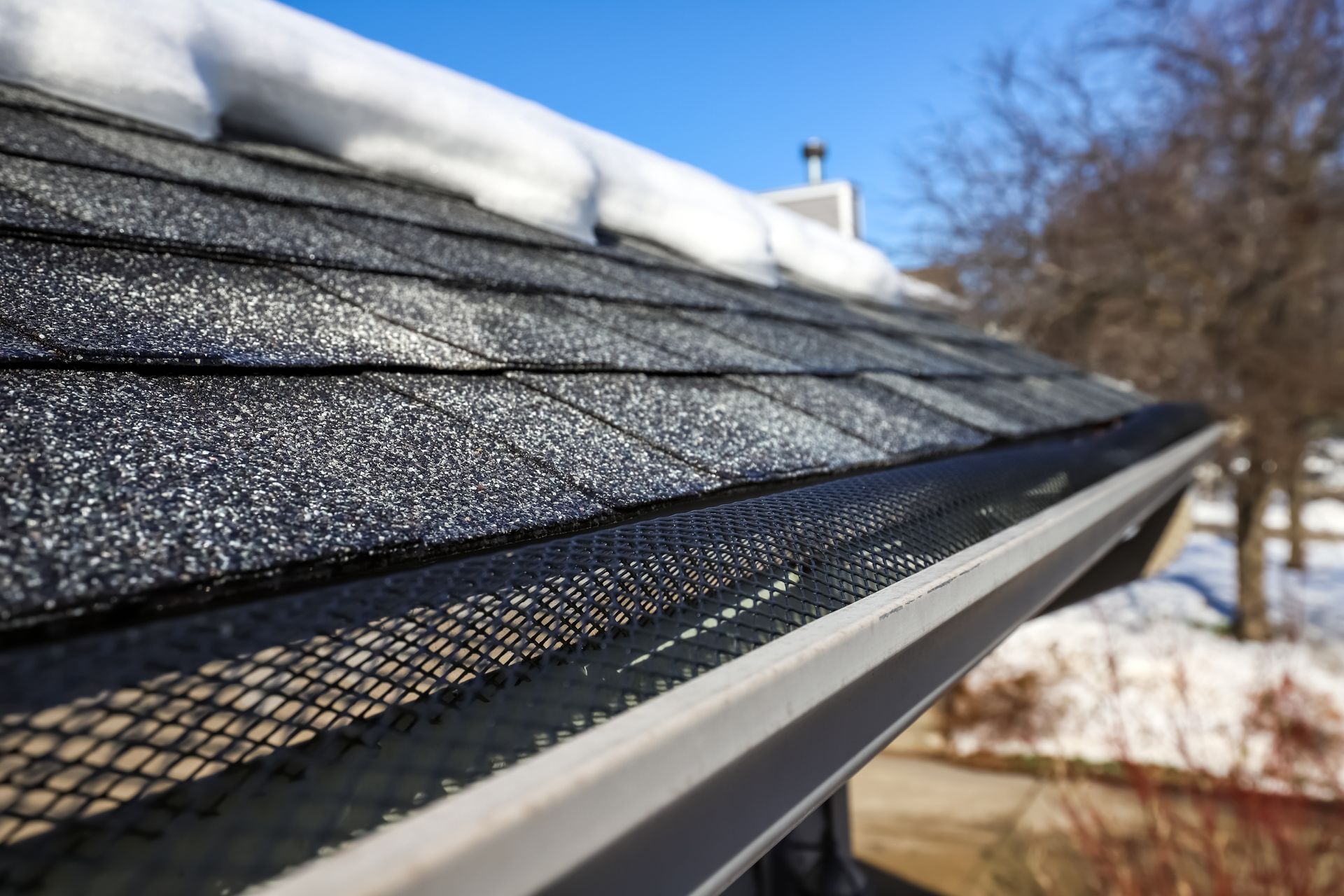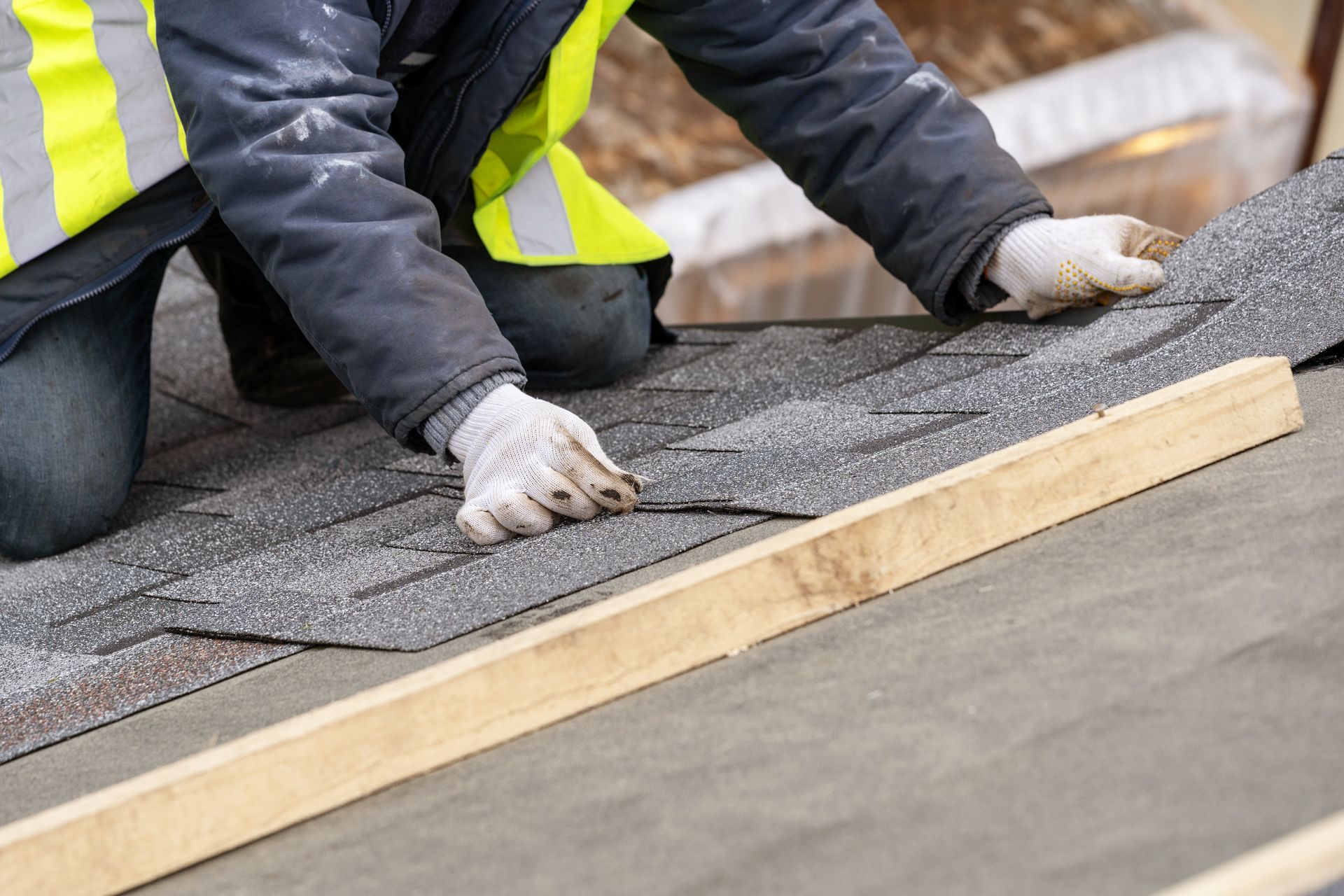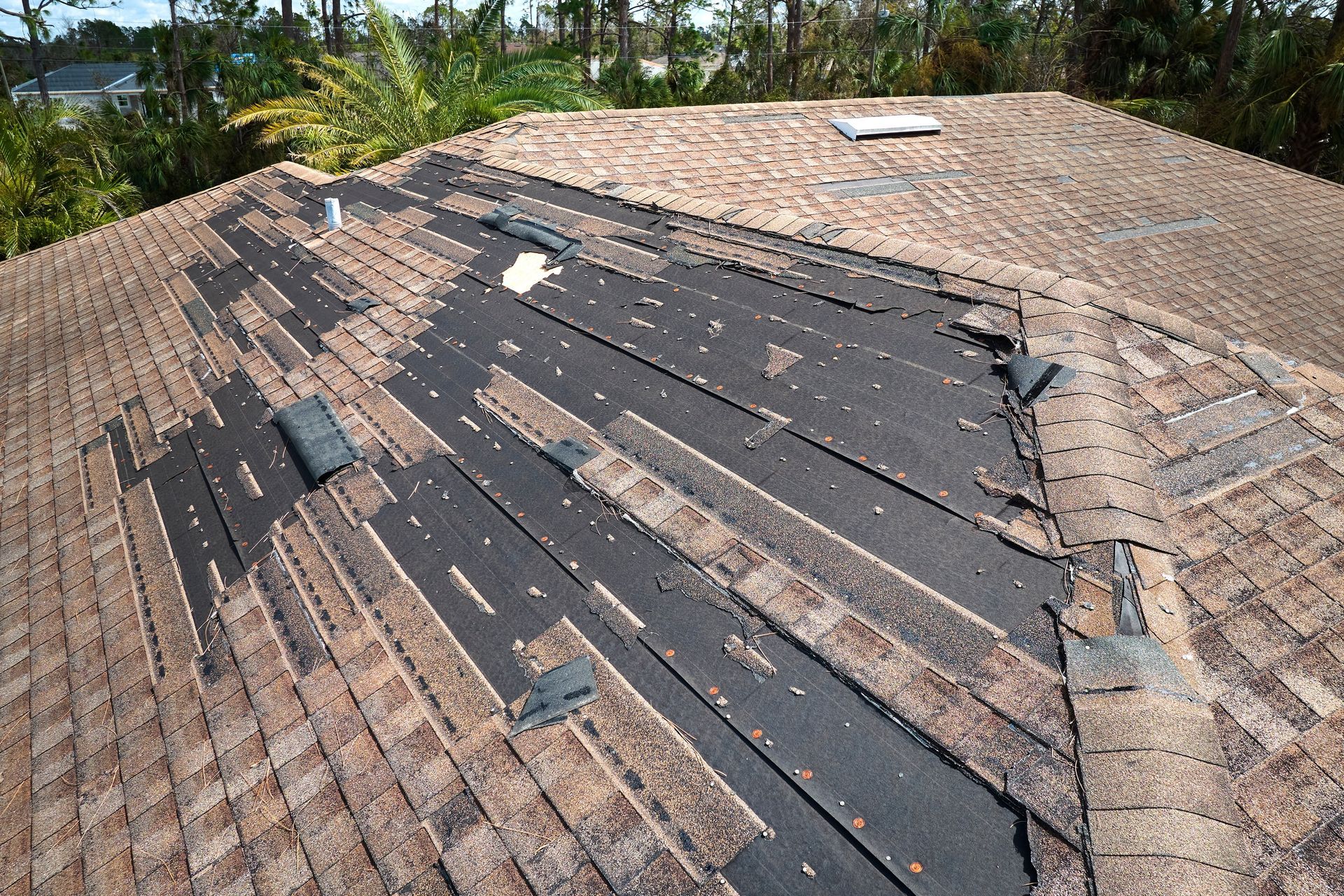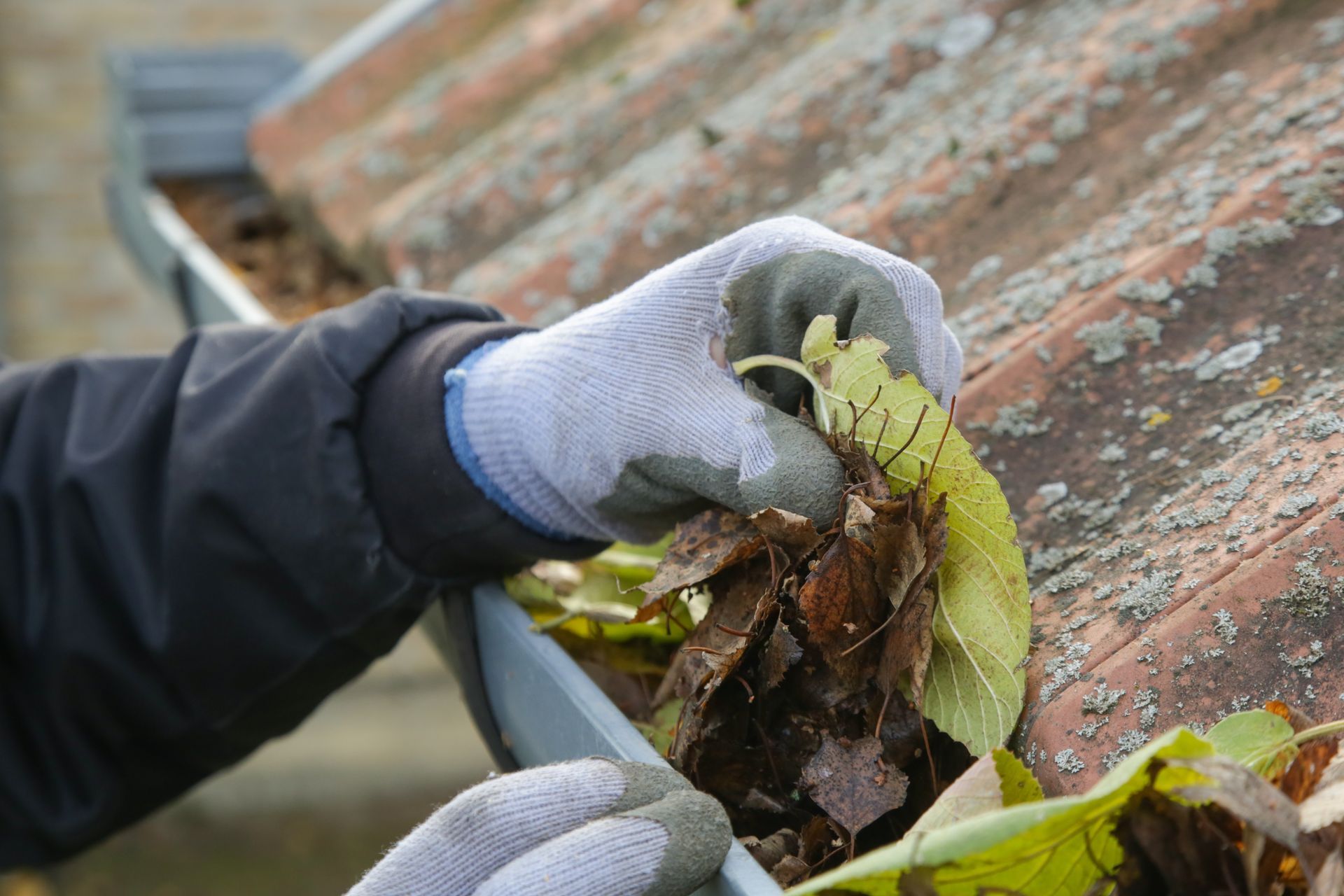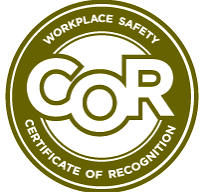What Are the Different Types of Cedar Shakes?
Cedar shake roofs are renowned for their natural beauty, durability, and versatility in roofing applications. If you’re considering cedar shakes for your roofing needs, it’s essential to understand the different types available to make an informed decision. From traditional hand-split shakes to modern cedar shingle panels, there’s a variety to choose from based on your preferences and requirements.
Introduction to Cedar Shakes
Cedar shakes are roofing materials crafted from cedarwood, known for their rustic appearance and exceptional durability. They have been used for centuries and continue to be a popular choice for homeowners seeking a natural and timeless aesthetic for their roofs.
Benefits of Cedar Shakes
Before delving into the different types of cedar shakes, let’s explore the advantages they offer. Cedar shakes are prized for their:
- Natural Beauty: Cedar shakes impart a warm and inviting look to any structure, enhancing its curb appeal.
- Durability: Cedarwood is naturally resistant to rot, decay, and insect damage, making cedar shakes a long-lasting roofing option.
- Insulation: Cedar shakes provide excellent thermal insulation, helping to regulate indoor temperatures and reduce energy costs.
- Sustainability: Cedarwood is a renewable resource, making cedar shakes an environmentally friendly choice for eco-conscious homeowners.
- Versatility: Cedar shakes can complement various architectural styles, from traditional to contemporary, adding character and charm to any property.
Different Types of Cedar Shakes
- Hand-Split Shakes:
- Hand-split shakes are crafted by hand, resulting in a rustic appearance with irregular thickness and texture.
- These shakes are prized for their authentic look and natural charm, making them a popular choice for traditional and historic homes.
- Tapersawn Shakes:
- Tapersawn shakes are machine-cut for uniform thickness and a smoother surface compared to hand-split shakes.
- They offer a balance between the rustic appeal of hand-split shakes and the precision of cedar shingle panels.
- Cedar Shingle Panels:
- Cedar shingle panels consist of individual cedar shingles attached to a backing material, such as plywood or fiberglass.
- These panels are easy to install and provide a uniform appearance, ideal for modern architectural designs.
- Cedar Shingle Tiles:
- Cedar shingle tiles are smaller in size and thinner than traditional shakes, offering a refined and elegant look.
- They are often used for decorative purposes or as accents on roofs with other materials.
- Heavy Split & Resawn Shakes:
- Heavy split and resawn shakes are thicker and more substantial than standard shakes, providing enhanced durability and weather resistance.
- These shakes are suitable for areas prone to harsh weather conditions, such as high winds or heavy snowfall.
Characteristics of Each Type
Each type of cedar shake has its unique characteristics, offering homeowners a range of options to suit their preferences and budget. Hand-split shakes exude rustic charm, while tapersawn shakes provide a more refined appearance. Cedar shingle panels offer ease of installation, while cedar shingle tiles add a touch of elegance to any roof.
Factors to Consider When Choosing Cedar Shakes
When selecting cedar shakes for your roofing project, consider factors such as:
- Climate: Choose shakes that can withstand the climate conditions in your area, whether it’s extreme heat, cold, or humidity.
- Budget: Evaluate the cost of materials and installation to ensure it aligns with your budget constraints.
- Aesthetic Preferences: Select shakes that complement the architectural style and color scheme of your home.
- Maintenance Requirements: Consider the level of maintenance required to keep cedar shakes in optimal condition over time.
Installation Process
The installation process for cedar shakes varies depending on the type chosen and the expertise of the roofing contractor. It typically involves preparing the roof substrate, laying the shakes or panels, and securing them in place with nails or staples. Proper installation is crucial to ensure the longevity and performance of the cedar shakes.
Maintenance Tips
To prolong the lifespan of cedar shakes and maintain their appearance, follow these maintenance tips:
- Regular Inspections: Check for signs of damage, such as cracks, splits, or loose shakes, and address any issues promptly.
- Cleaning: Remove debris, moss, and algae from the surface of the shakes to prevent moisture retention and decay.
- Preservative Treatments: Apply preservative treatments or coatings to protect cedar shakes from UV exposure and moisture damage.
- Trimming Overhanging Branches: Keep trees trimmed to prevent branches from rubbing against the roof and causing abrasion or damage.
Durability and Longevity
Cedar shakes are known for their durability and can last upwards of 30 years or more with proper maintenance. The longevity of cedar shakes depends on factors such as climate, exposure to sunlight, and maintenance practices.
Cost Comparison with Other Roofing Materials
While cedar shakes may have a higher upfront cost compared to asphalt shingles or metal roofing, they offer long-term value due to their durability and aesthetic appeal. When considering the total cost of ownership, including maintenance and replacement expenses, cedar shakes can be a cost-effective roofing solution.
Environmental Impact
Cedar shakes are considered environmentally friendly due to the sustainability of cedarwood as a renewable resource. Additionally, cedar shakes require minimal processing compared to synthetic roofing materials, reducing their carbon footprint.
Popular Applications
Cedar shakes are commonly used for residential roofing projects, including:
- Single-family homes
- Cottages
- Cabins
- Historic properties
Their natural beauty and versatility make cedar shakes a popular choice for homeowners seeking to enhance the aesthetics of their properties.
Conclusion
In conclusion, cedar shakes offer a range of options for homeowners looking to invest in a durable, attractive, and environmentally friendly roofing solution. Whether you prefer the rustic charm of hand-split shakes or the precision of cedar shingle panels, there’s a type of cedar shake to suit your needs and preferences. By considering factors such as climate, budget, and maintenance requirements, you can select the right cedar shakes for your roofing project and enjoy years of beauty and performance.
FAQs
- Are cedar shakes suitable for all climates?
- Cedar shakes are versatile and can withstand various climate conditions, but proper installation and maintenance are essential for optimal performance.
- Do cedar shakes require a lot of maintenance?
- While cedar shakes require some maintenance, such as periodic cleaning and inspections, they are relatively low-maintenance compared to other roofing materials.
- Can cedar shakes be painted or stained?
- Yes, cedar shakes can be painted or stained to achieve different aesthetic effects. However, it’s essential to use high-quality exterior-grade paints and stains formulated for cedarwood.
- Are cedar shakes resistant to fire?
- Cedar shakes have natural fire-resistant properties, but additional treatments can enhance their fire resistance further.
- How long do cedar shakes typically last?
- With proper maintenance, cedar shakes can last 30 years or more, depending on environmental factors and maintenance practices.
The post What Are the Different Types of Cedar Shakes? appeared first on Advanced Roofing Systems.

